
Geneveive at 6 months old 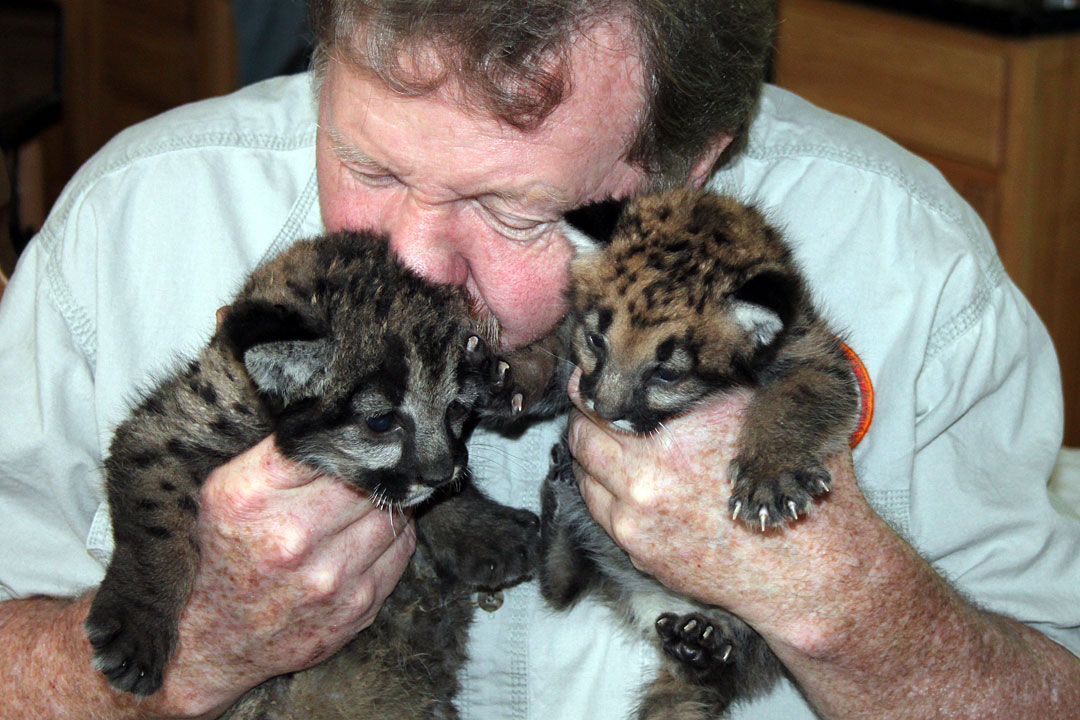 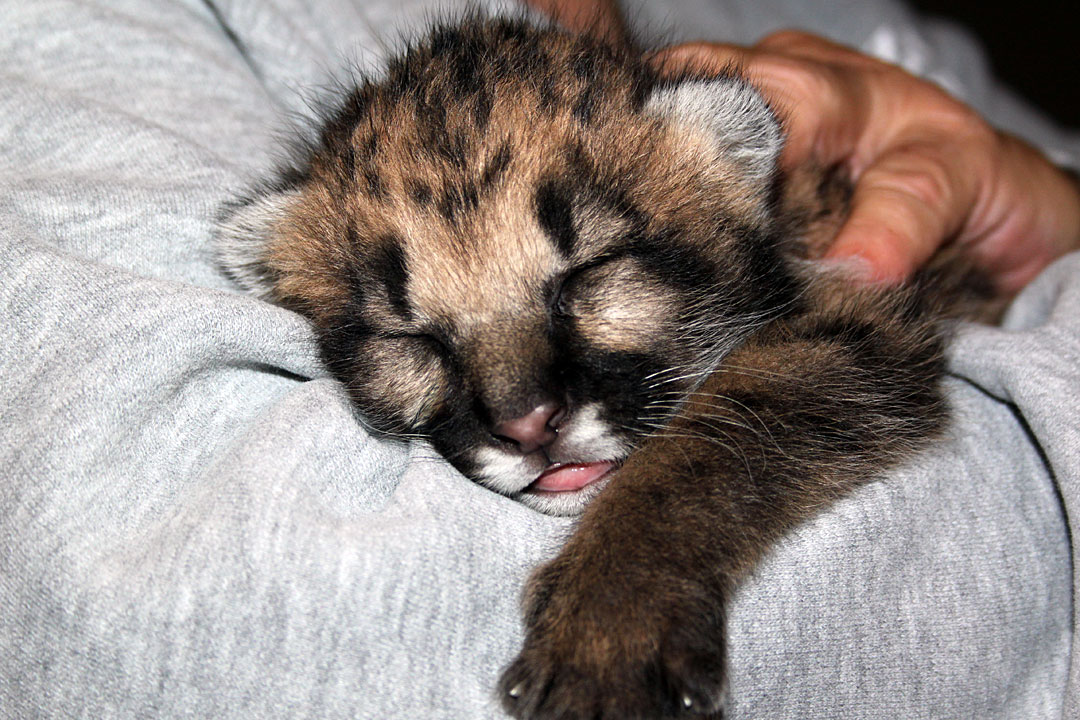
Max and Genevieve at just a few weeks old 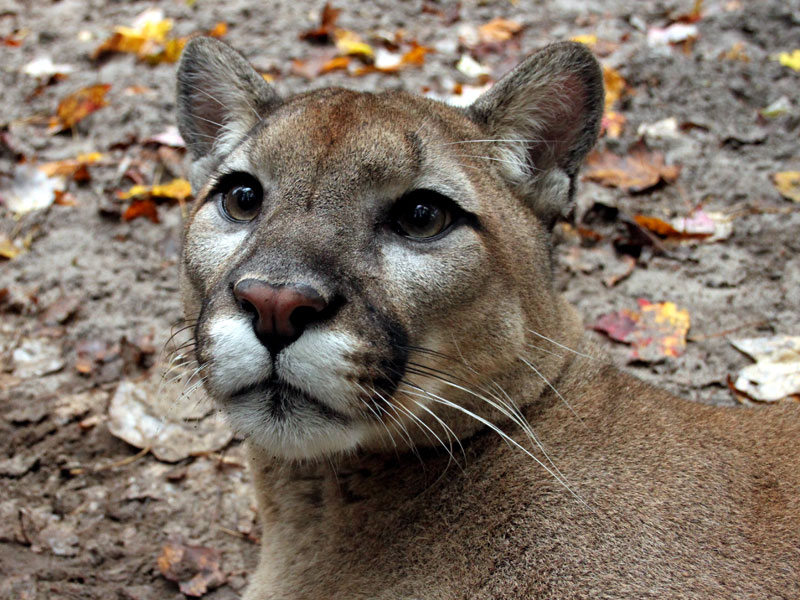 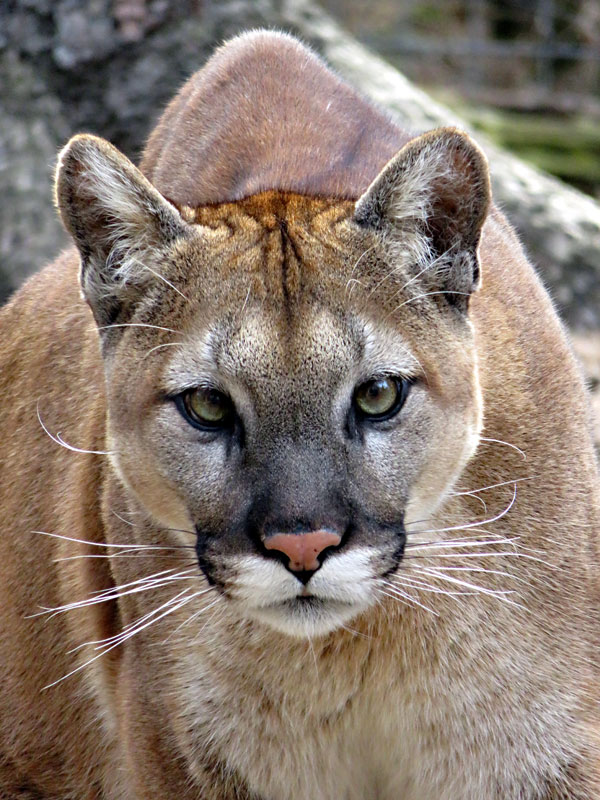 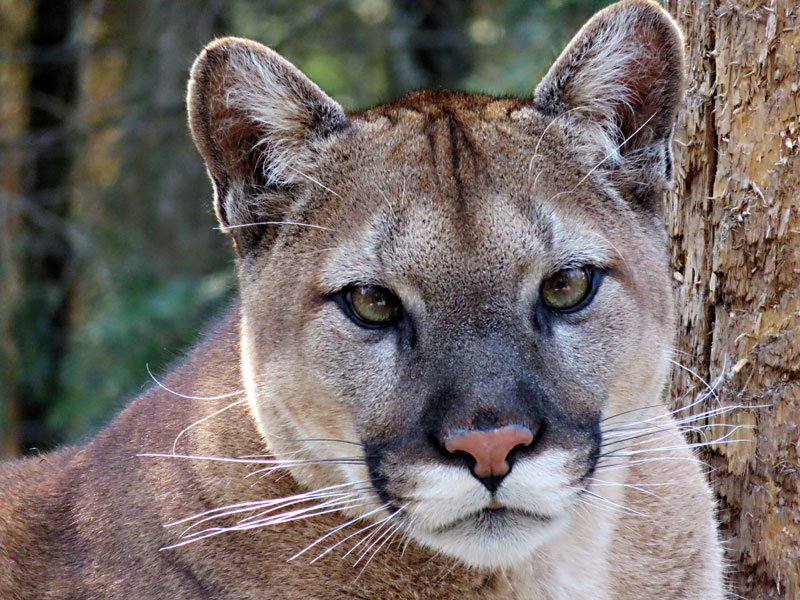
Cougar are powerful, and majestic animals that mainly prey on larger animals like deer and elk. Cougar are also known as "Puma, Mountain Lion, Panther, Catamount, depending on the region in which they are found, are all the same basic animal. Cougar can grow to two hundred pounds or more. Size and coloration can vary somewhat. They the largest cat in North America and were once found all across continent, but are now found mainly in the western united states and in Canada and the small endangered Florida panther. Finally, Michigan has admitted the presents of cougar here in our state. Up to 30 across the Upper Peninsula and possibly 20 in the northern lower peninsula.
Here are thirteen facts about the incredible cougars.
* * * * * * * * * * * 1. Cougar is the most widespread of all the New World Mammals. Its geographic range in Americas is larger than that of any other animal.
2. Owing to its historic presence across a multitude of regions and
cultures, Cougar has earned more names than any other animal, including mountain lion, mountain screamer, pi-twal, carcajou, puma, catamount and many others.
3. Despite its heavy build, Puma Concolor, the Cougar resembles smaller felines in its physical makeup and is often not included in big cats owing to its inability to roar.
4. With its rudder-like tail and bodily structure, Cougar is often said to be related to the Cheetah in its evolution, though there is currently insufficient evidence to validate this.
5. Cougars are great athletes. Their long hind legs give them an incredible horizontal leaping ability of nearly forty feet in one bound, second only to the Snow Leopard which can reputedly cover forty five feet in a jump.
6. Versatile predators, Cougars are capable of taking down a variety of animals, ranging from rodents to moose. The predominant prey species though, in most parts, is deer.
7. Stalk and ambush predators, Cougars employ their great speed and momentum to take down their prey, and then proceed to make the kill with a lethal neck bite.
8. If they don't finish their meal in one sitting, Cougars usually cache their kill under leaves and shrubs to return to it later.
9. Despite their prolific hunting profile, Cougars are not at the top of food chain in many of their native ecosystems and face stiff competition at the hands of Bears, Wolves and Jaguars.
10. As a result, Cougars have evolved into developing unique survival strategies in many parts, including the ability to swim and climb trees.
11. Even with their vast distribution and adaptive ability, Cougar numbers are declining in the wild owing to loss of habitat and prey.
12. Conflicts with humans also do not bode well for the Cougars who are increasingly coming into contact with people who keep pushing into their territory.
13. The highest numbers of attacks by Cougars on humans occur in the infamous 'Cougar Island' in British Columbia.
Click on the link below to hear some animal sounds at the zoo
Animal Sounds
|


